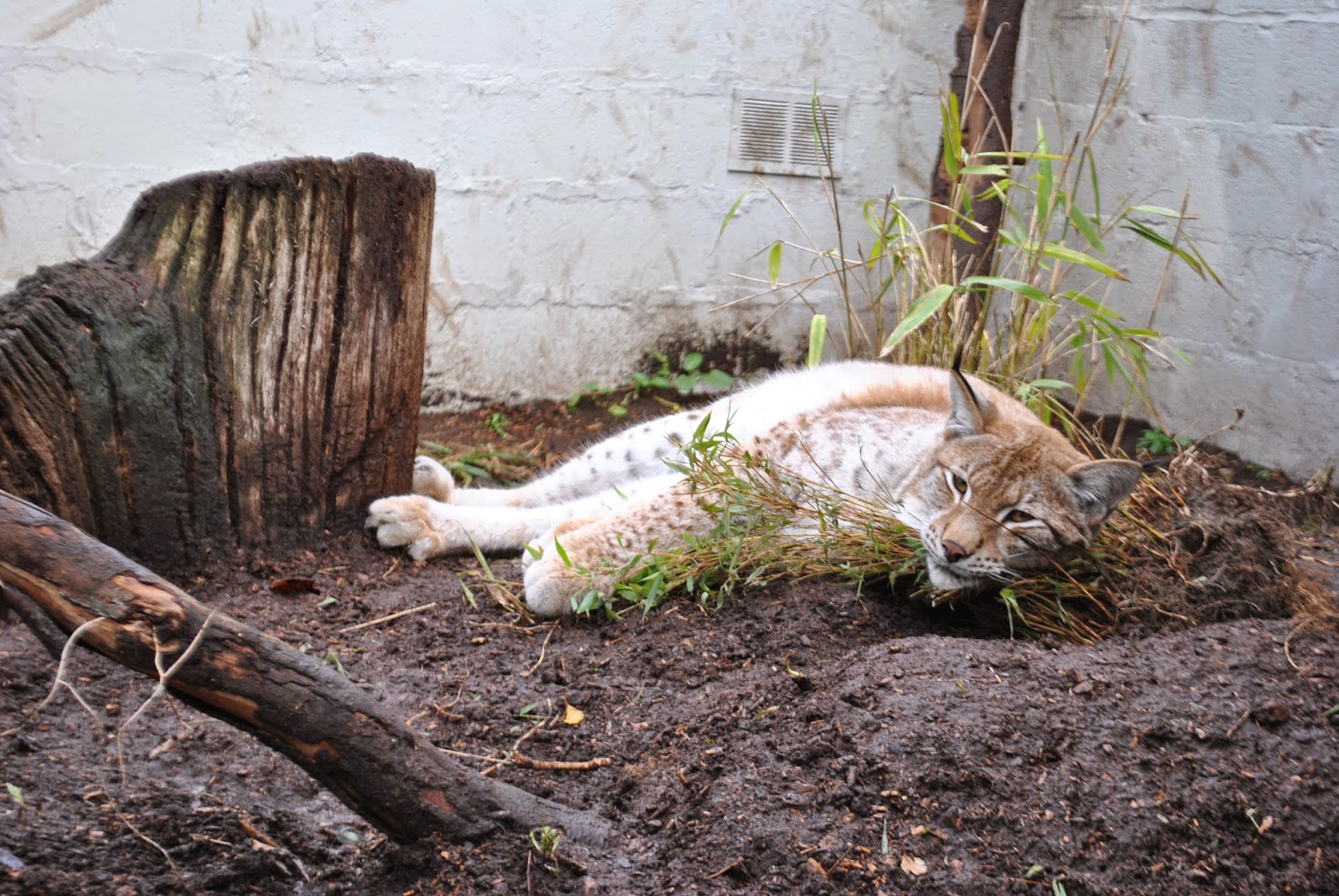Big Cat Wildlife Photography.
For my 21st Birthday, I got asked if I wanted to do a Jessops Big Cat Photography Course.. Of course I did!!!
It's a day course based at the Cat Survival Trusts Sanctuary in Hertfordshire. They have lots of cats, as well as a couple of owls. The cats there include the Snow Leopard, Servals, Eurasian Lynx, Amur Leopard, Puma and Jaguar as well as some others.
The course was run by a handful of experienced, friendly, lovely people. The beginning of the day started with introductions and a talk about how your camera works and how to use it properly for wildlife photography. You then got a chance to go out and photograph the cats with your new knowledge. Lunch and beverages were provided and then more short talks, including one on the conservation efforts of the Cat Survival Trust. Then you were let loose for the rest of the day able to take pictures of the cats with the staff there to be able to lend a hand and help out anyone who needed it.
If your interested in doing this course head over to: Jessops Big Cats Course.
The Cats are beautiful! It is horrible to think that these are endangered species that people kill for their fur and bones. The Cat Survival Trust is a registered charity run solely on volunteer staff. The cats here are surplus, unwanted zoo cats and impounded cats from unlicensed private ownership. this allows the cats to be able to live in an improved stressless environment.
The Cat Survival Trust is not open to the public as of yet; however a personal guided tour can be arranged for members, as well as for educational groups such as schools, which they encourage to visit them.
to find out more about the Cat Survival Trust and their vital work that they're doing abroad head over to: Cat Survival Trust's Website
None of these photos are edited apart from the last two, so theyre not as good as they could be if i had time at the moment to go through my 700+ photos I took there....
So now for A LOT of photos of Big Cats!!!
Snow Leopards
Amur Leopard
Jaguar
This jaguar was called Jagsy (not 100% sure on the spelling), the only cat there that responded to her name being called.
Lynx
Serval
Puma
These cuties were only 3 months old, They were even more adorable in real life. I just wanted to give them a big cuddle, although I don't think they'd be best pleased with the gesture.
The next two photos I have only edited the background to put more emphasis on the Puma, I had to edit this one as It was almost dusk and the light on her face was so warming, its my favourite by far.
Make sure you check out the Cat Survival Trust's website as the work they do really is vital to the conservation of these magnificent animals.























































